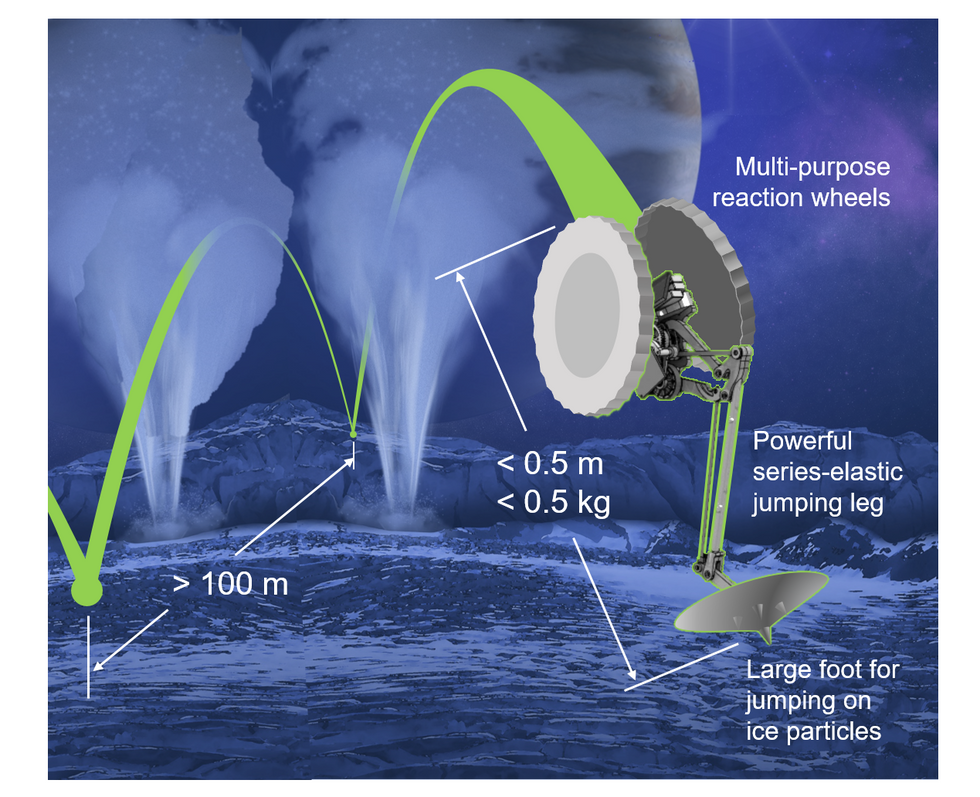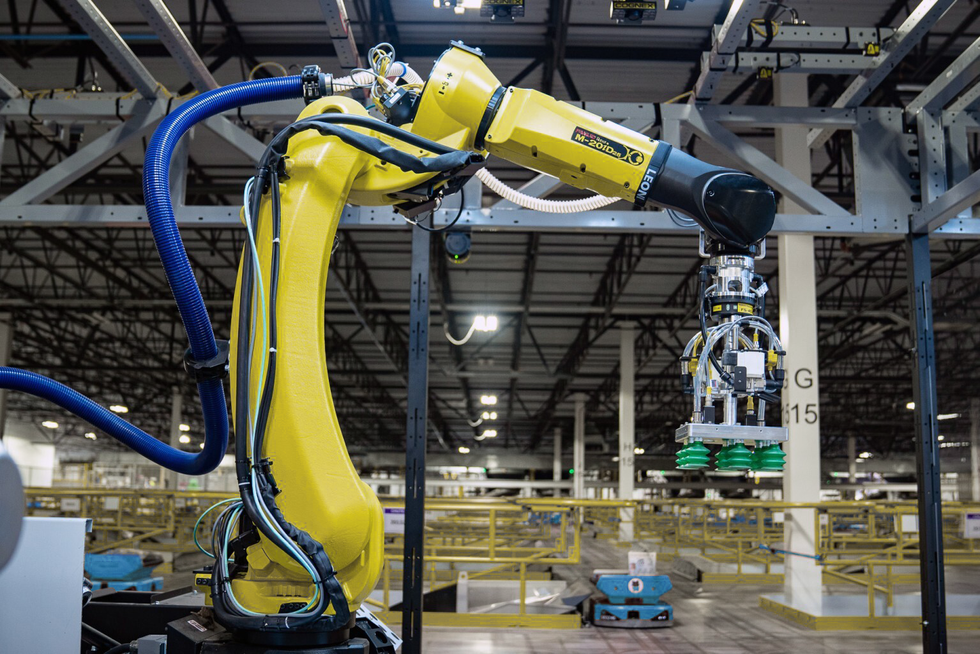Odorigui is a type of Japanese cuisine in which people consume live seafood while it’s still moving, making movement part of the experience. You may have some feelings about this (I definitely do), but from a research perspective, getting into what those feelings are and what they mean isn’t really practical. To do so in a controlled way would be both morally and technically complicated, which is why Japanese researchers have started developing robots that can be eaten as they move, wriggling around in your mouth as you chomp down on them. Welcome to HERI: Human-Edible Robot Interaction.
That happy little robot that got its head ripped off by a hungry human (who, we have to say, was exceptionally polite about it) is made primarily of gelatin, along with sugar and apple juice for taste. After all the ingredients were mixed, it was poured into a mold and refrigerated for 12 hours to set, with the resulting texture ending up like a chewy gummy candy. The mold incorporated a couple of air chambers into the structure of the robot, which were hooked up to pneumatics that got the robot to wiggle back and forth.
Sixteen students at Osaka University got the chance to eat one of these wiggly little robots. The process was to put your mouth around the robot, let the robot move around in there for 10 seconds for the full experience, and then bite it off, chew, and swallow. Japanese people were chosen partly because this research was done in Japan, but also because, according to the paper, “of the cultural influences on the use of onomatopoeic terms.” In Japanese, there are terms that are useful in communicating specific kinds of textures that can’t easily be quantified.
The participants were asked a series of questions about their experience, including some heavy ones:
Did you think what you just ate had animateness?Did you feel an emotion in what you just ate?Did you think what you just ate had intelligence?Did you feel guilty about what you just ate?
Oof.
Compared to a control group of students who ate the robot when it was not moving, the students who ate the moving robot were more likely to interpret it as having a “munya-munya” or “mumbly” texture, showing that movement can influence the eating experience. Analysis of question responses showed that the moving robot also caused people to perceive it as emotive and intelligent, and caused more feelings of guilt when it was consumed. The paper summarizes it pretty well: “In the stationary condition, participants perceived the robot as ‘food,’ whereas in the movement condition, they perceived it as a ‘creature.’”
The good news here is that since these robots are more like living things than non-robots, they could potentially stand in for eating live critters in a research context, say the researchers: “The utilization of edible robots in this study enabled us to examine the effects of subtle movement variations in human eating behavior under controlled conditions, a task that would be challenging to accomplish with real organisms.” There’s still more work to do to make the robots more like specific living things, but that’s the plan going forward:
Exploring the eating experience of a pneumatically-driven edible robot: Perception, taste, and texture, by Yoshihiro NakataI, Midori Ban, Ren Yamaki, Kazuya Horibe, Hideyuki Takahashi, and Hiroshi Ishiguro from The University of Electro-Communications and Osaka University, is published in PLOS One.
How useful was this post?
Click on a star to rate it!
Average rating 0 / 5. Vote count: 0
No votes so far! Be the first to rate this post.
We are sorry that this post was not useful for you!
Let us improve this post!
Tell us how we can improve this post?




